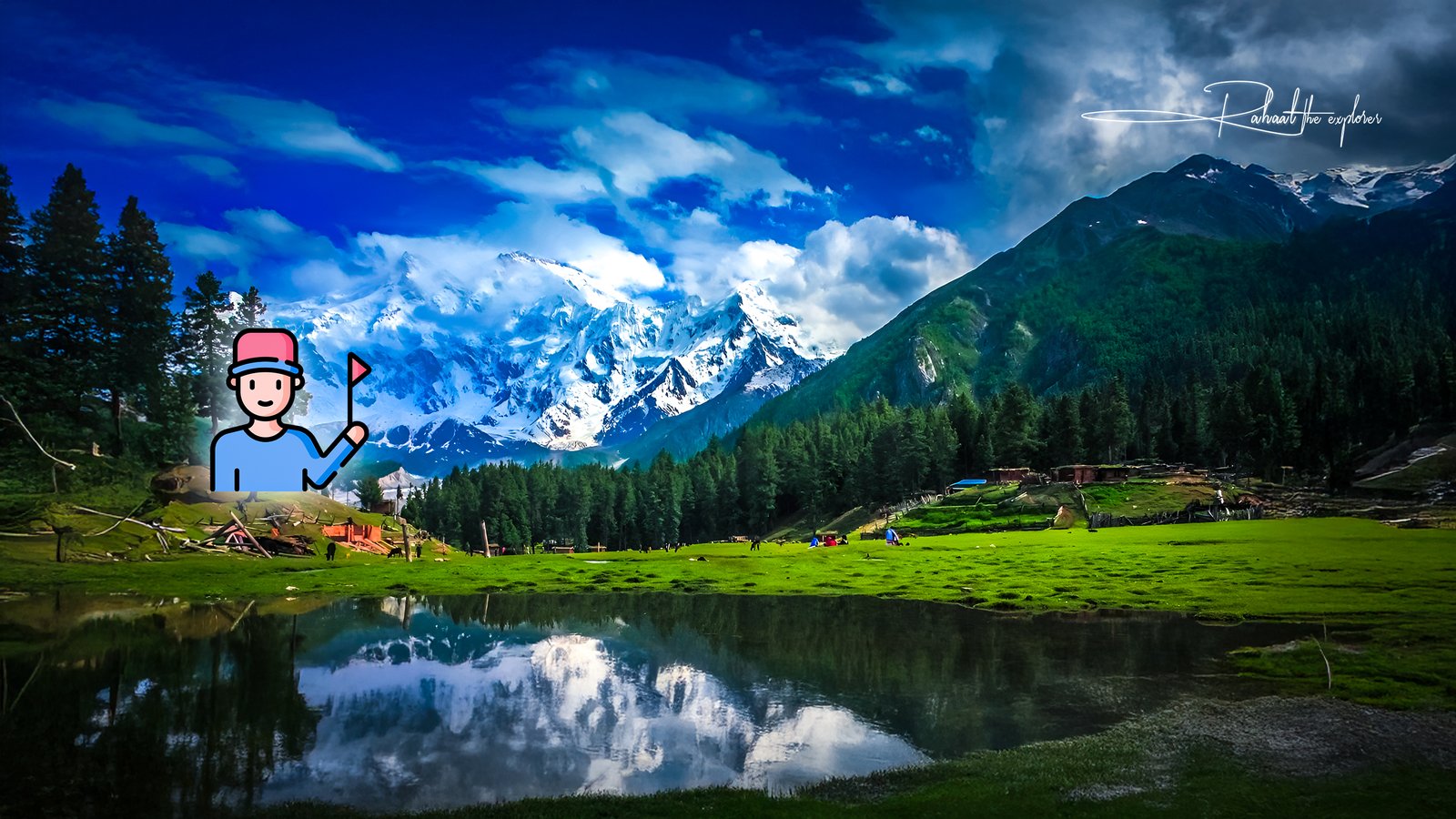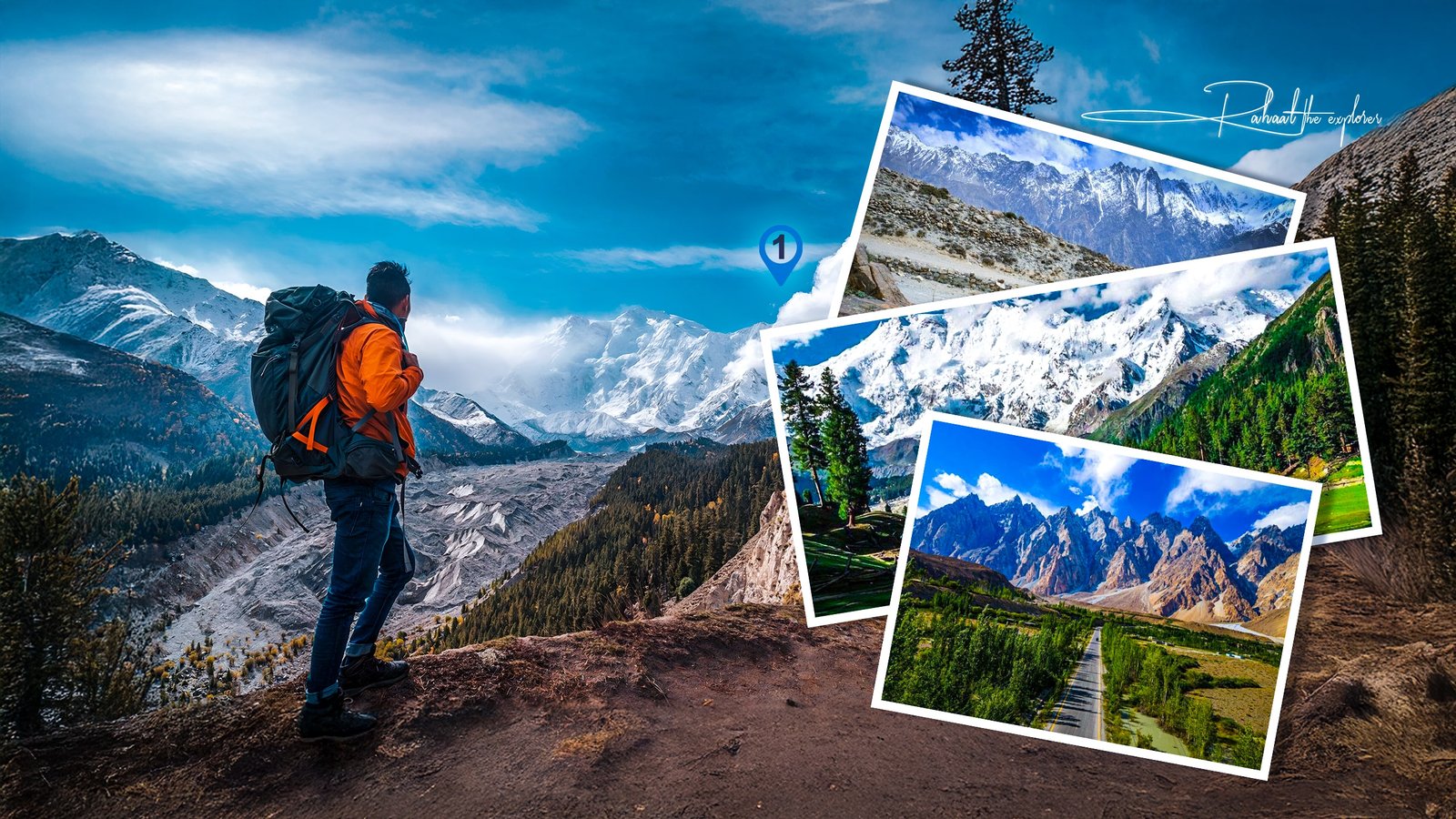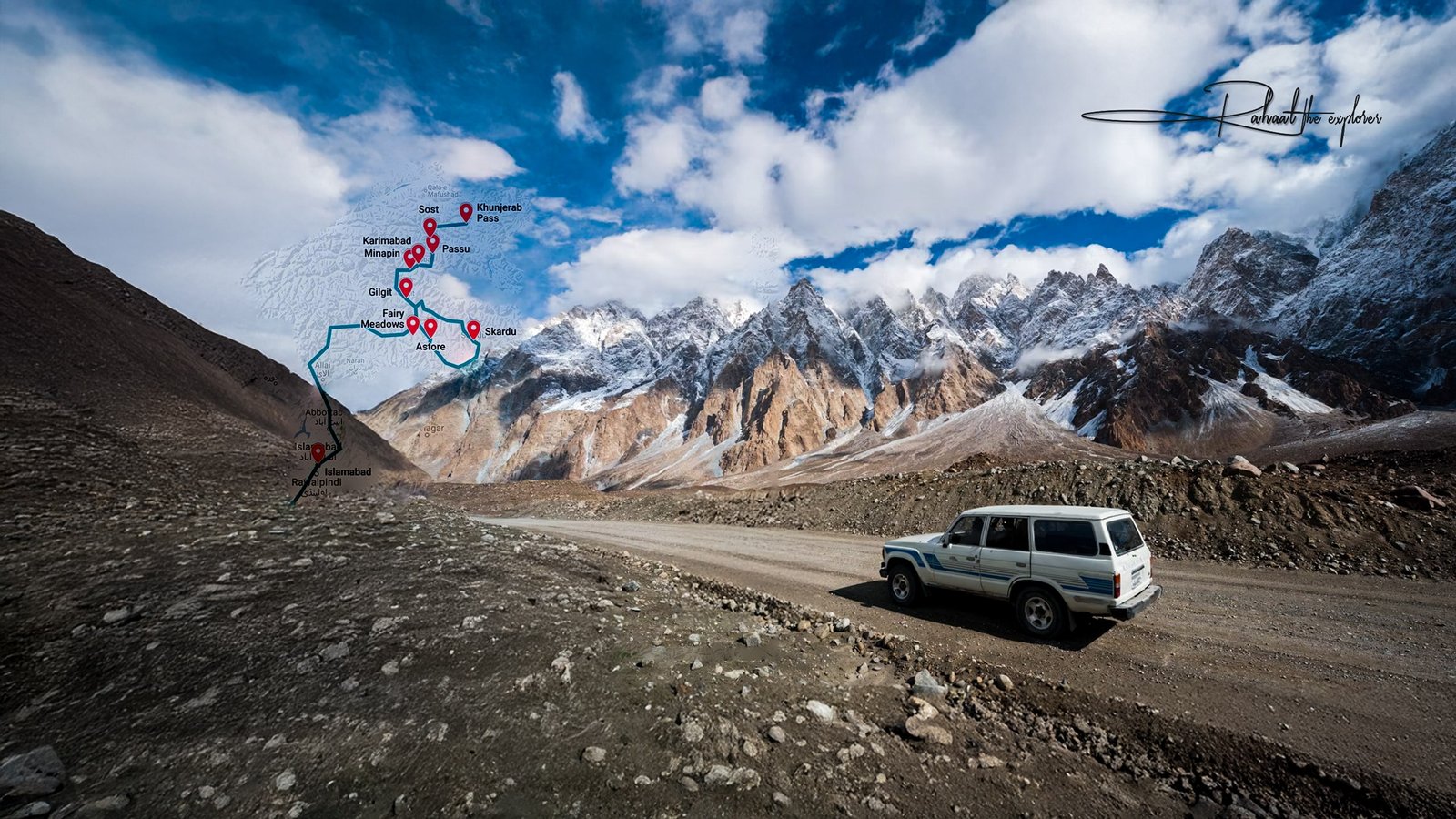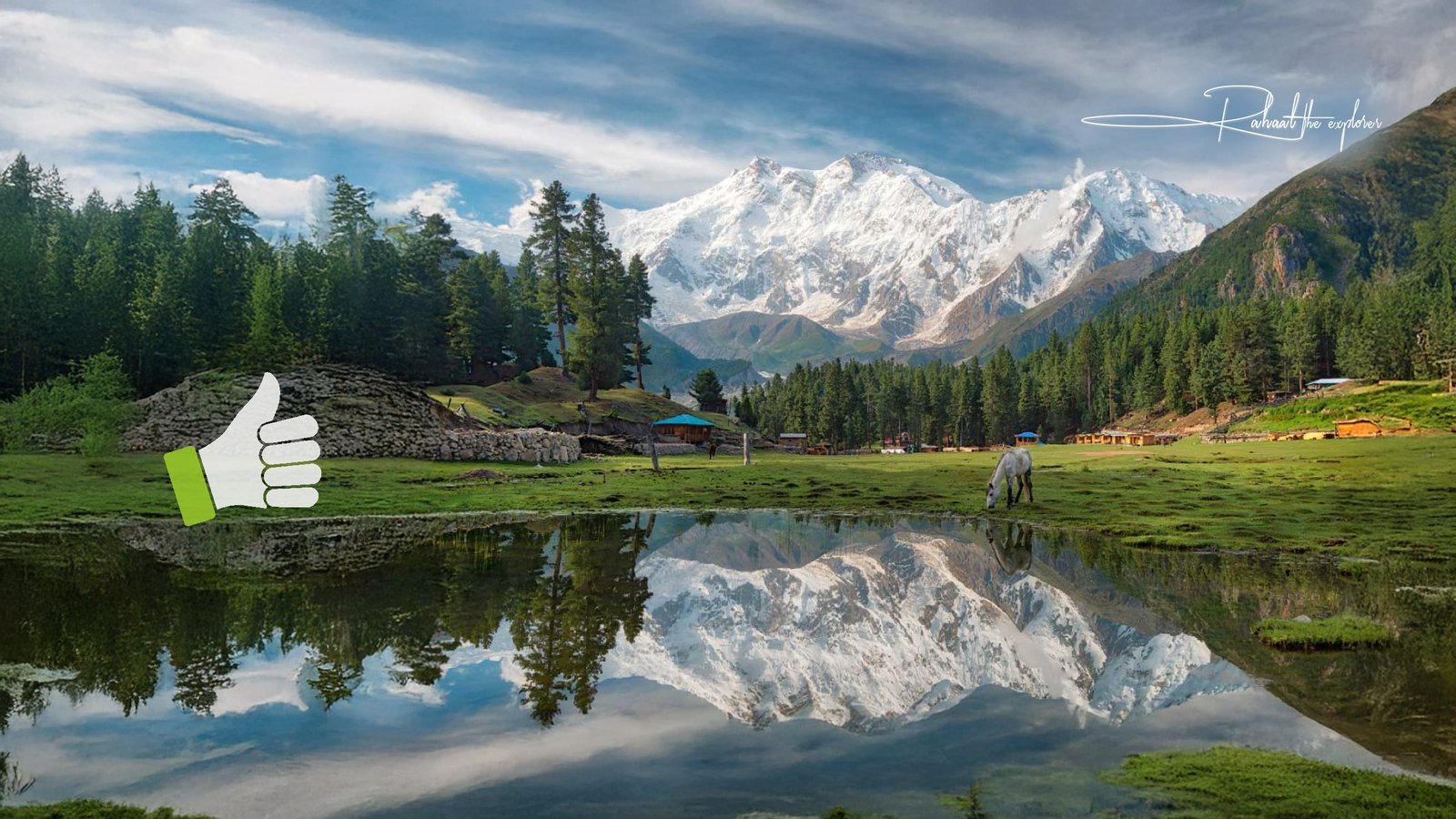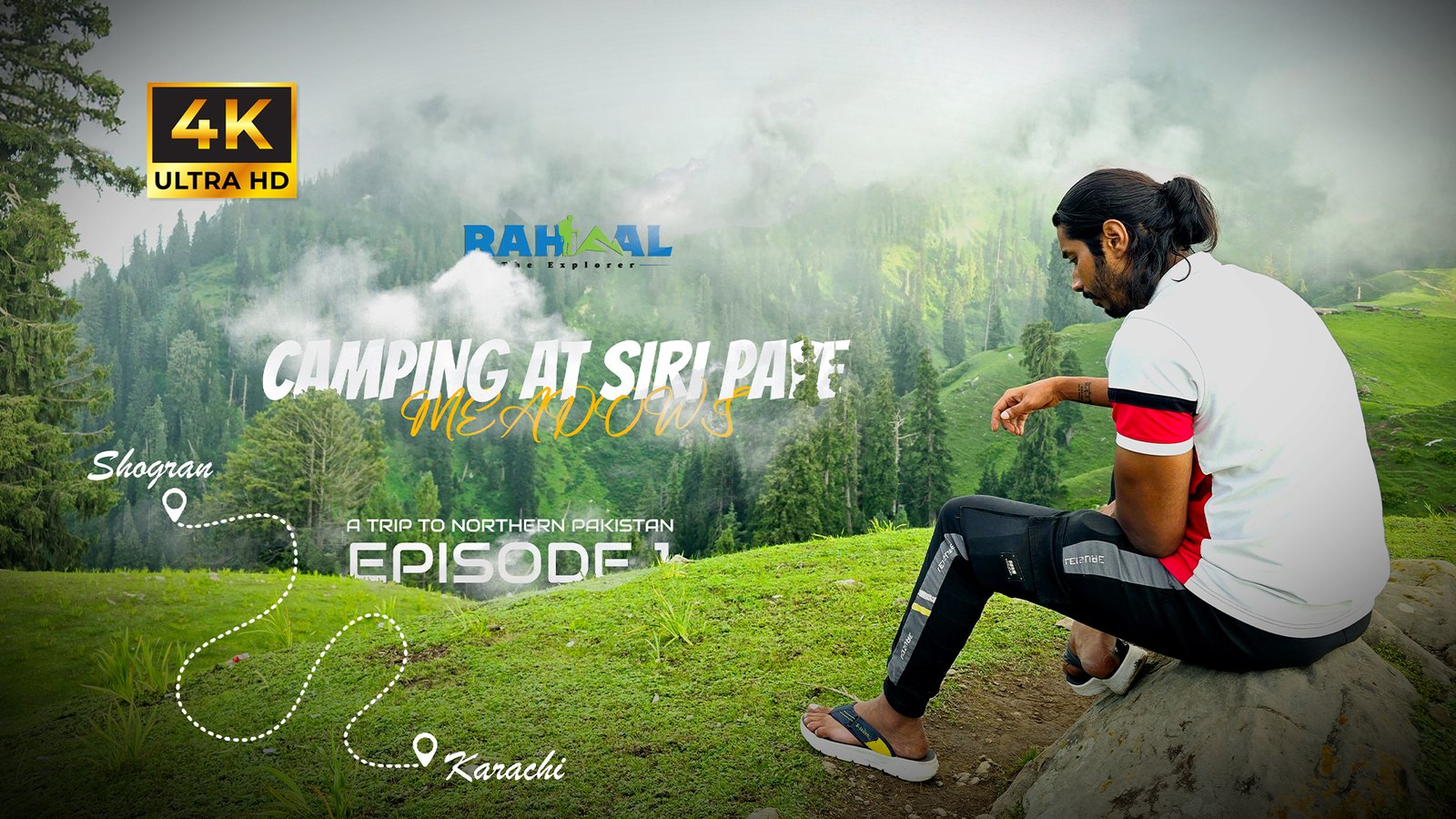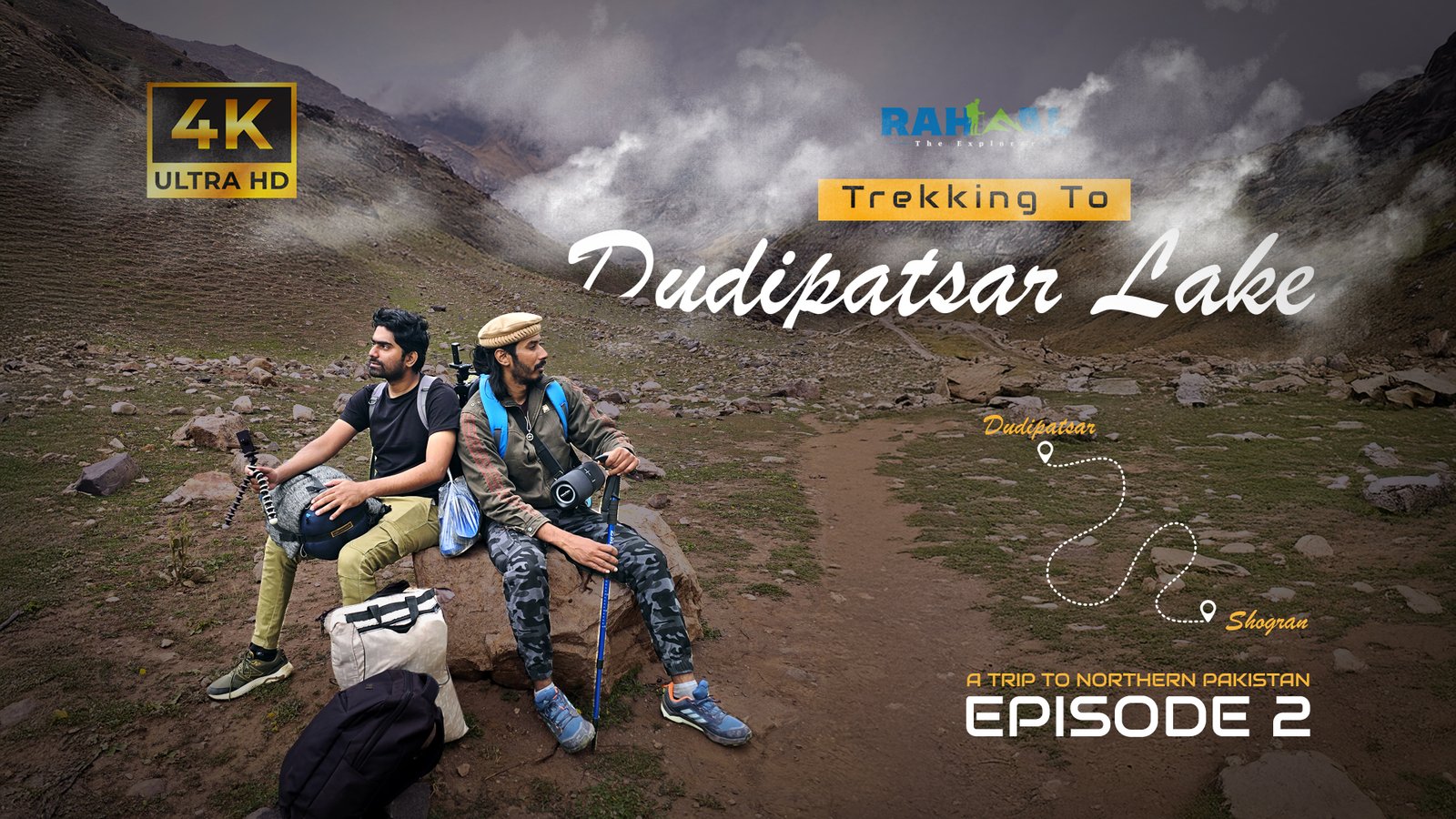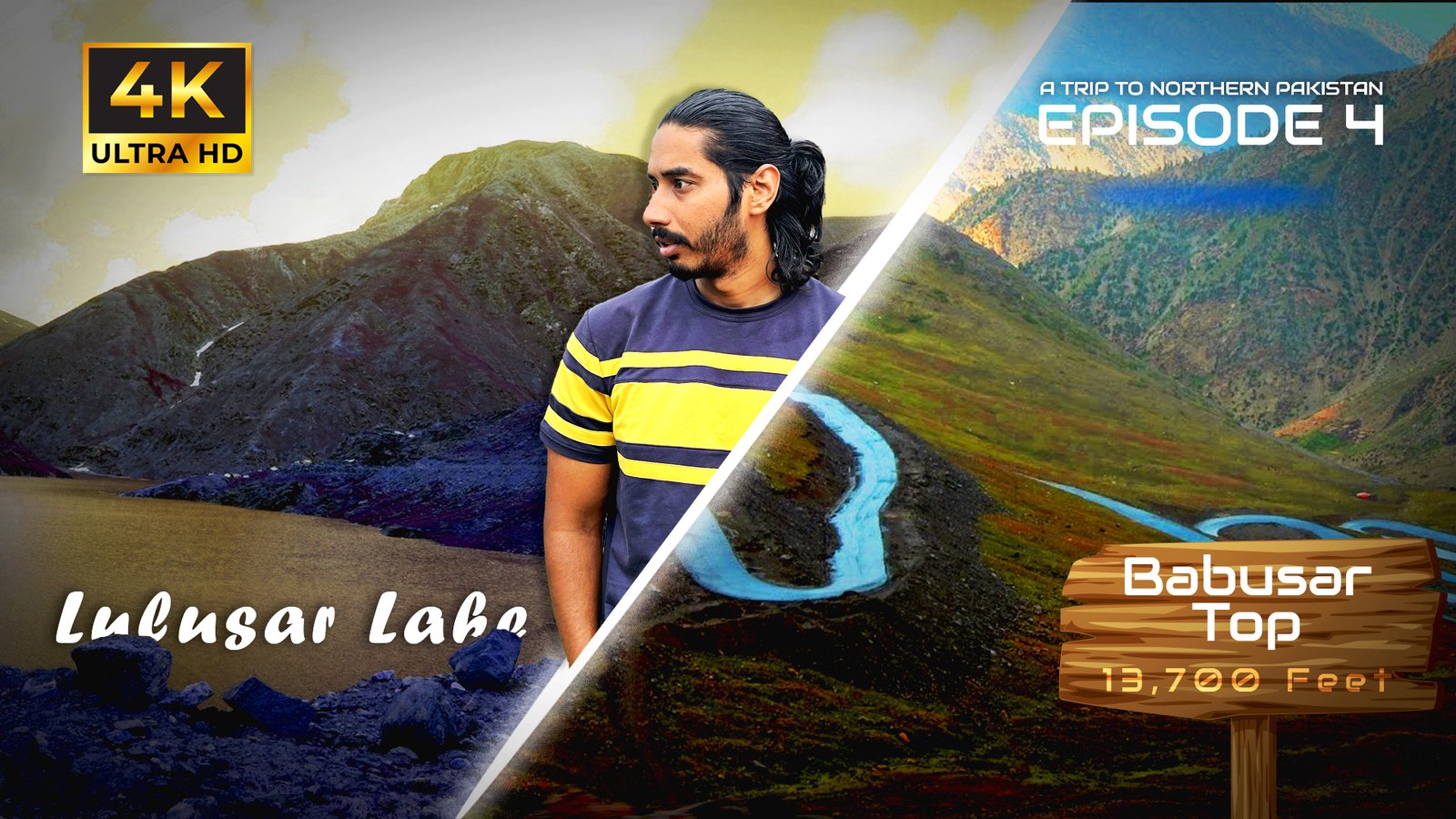Yosemite National Park is one of the most breathtaking natural wonders in the United States, a UNESCO World Heritage Site renowned for its towering granite cliffs, cascading waterfalls, giant sequoia trees, and pristine valleys. Nestled in California’s Sierra Nevada mountains, Yosemite draws millions of visitors each year seeking adventure, inspiration, and serenity.
In this Yosemite National Park Travel Guide, we’ll uncover everything you need to know — from the best Yosemite things to do and where to stay, to insider tips, hiking trails, and must-visit landmarks. Whether you’re planning your first trip or returning for another escape into nature, this guide will help you make the most of your visit.
1. Overview of Yosemite National Park
Located about 140 miles east of San Francisco, Yosemite National Park covers over 748,000 acres of wilderness. Established in 1890, it became a cornerstone of the U.S. national park system, thanks to conservation pioneers like John Muir. Yosemite is home to some of America’s most iconic landscapes — from El Capitan’s sheer rock face to the misty heights of Yosemite Falls.
Quick Facts
- Location: California, USA
- Best Time to Visit: Late May to October
- Area: 1,169 square miles
- Famous For: Waterfalls, granite cliffs, wildlife, and scenic trails
2. Best Time to Visit Yosemite National Park
The best time to visit Yosemite depends on what you want to experience. Each season brings something special:
Spring (April to June):
The waterfalls are at their most powerful as the snow melts. Yosemite Falls, Bridalveil Fall, and Vernal Fall are in full force — ideal for photographers and hikers.
Summer (July to September):
Summer is peak tourist season, offering open access to all major roads, trails, and campgrounds. However, it’s also crowded, so plan early and book accommodations months in advance.
Fall (October to November):
A quieter, more serene Yosemite emerges as the crowds thin. Fall colors transform the valley into shades of gold and red, making it one of the most beautiful times to visit.
Winter (December to March):
Yosemite in winter is a wonderland for snow lovers. The park’s high-altitude areas become ideal for snowshoeing and skiing — especially around Badger Pass Ski Area.
3. Top Yosemite Things to Do
Whether you’re an avid hiker or a casual sightseer, Yosemite offers endless opportunities to explore. Here are the top Yosemite things to do for every traveler:
1. Explore Yosemite Valley
The heart of the park, Yosemite Valley, is surrounded by some of its most famous landmarks — El Capitan, Half Dome, and Yosemite Falls. A scenic drive or shuttle tour offers panoramic views of granite walls rising thousands of feet above.
2. Visit Yosemite Falls
At 2,425 feet, Yosemite Falls is one of North America’s tallest waterfalls. The best viewing time is during spring, but even in summer, the lower falls offer a stunning spectacle.
3. Hike to Glacier Point
Glacier Point provides one of the most awe-inspiring viewpoints in the park, overlooking Half Dome and Yosemite Valley. You can hike the Four-Mile Trail or drive up (seasonal road access).
4. Discover Mariposa Grove
The Mariposa Grove of Giant Sequoias is home to more than 500 ancient trees, some over 3,000 years old. The Grizzly Giant and California Tunnel Tree are must-sees for nature lovers.
5. Climb Half Dome
For experienced hikers, Half Dome offers a thrilling challenge. The 14- to 16-mile round-trip hike involves steep climbs and a cable-assisted ascent to the summit — rewarding you with one of the best views in Yosemite.
6. Drive Through Tioga Road
Open typically from late May through October, Tioga Road (Highway 120) crosses the park’s high country and provides access to Tuolumne Meadows, Tenaya Lake, and Olmsted Point.
7. Visit Mirror Lake
Located near Yosemite Valley, Mirror Lake is perfect for a peaceful stroll or picnic. As its name suggests, it reflects the surrounding cliffs beautifully in spring and early summer.
8. See Bridalveil Fall
One of Yosemite’s first waterfalls visible when entering the valley, Bridalveil Fall flows year-round and is easily accessible via a short paved trail.
4. Best Hiking Trails in Yosemite
Hiking is one of the best ways to experience Yosemite’s grandeur. Here are some must-try trails:
Easy Trails:
- Lower Yosemite Fall Trail (1 mile round trip): Quick and easy, great for families.
- Cook’s Meadow Loop (2 miles): Offers panoramic views of Half Dome and Yosemite Falls.
Moderate Trails:
- Mist Trail to Vernal Fall (3 miles round trip): Famous for its refreshing mist and scenic steps alongside the falls.
- Mirror Lake Trail (5 miles round trip): A peaceful hike with plenty of photo opportunities.
Challenging Trails:
- Half Dome Trail (14–16 miles): Requires a permit and strong endurance.
- Panorama Trail (8.5 miles): Connects Glacier Point to Yosemite Valley, passing multiple waterfalls.
5. Wildlife and Nature in Yosemite
Yosemite’s ecosystems are teeming with life. Visitors might spot black bears, mule deer, coyotes, bobcats, and over 250 bird species. Always maintain a safe distance from wildlife and follow park rules — especially regarding food storage to prevent bear encounters.
6. Where to Stay in Yosemite National Park
Yosemite offers a range of accommodations, from rustic campsites to luxury lodges.
Inside the Park:
- The Ahwahnee Hotel: A historic luxury lodge offering magnificent valley views.
- Yosemite Valley Lodge: Ideal for easy access to Yosemite Falls.
- Curry Village: Offers cabins and tent-style lodging for budget travelers.
Outside the Park:
- El Portal & Mariposa: Great for those who prefer comfort with proximity.
- Groveland: Perfect if you’re entering via the Big Oak Flat entrance.
Booking early is essential, especially during summer months.
7. Tips for Visiting Yosemite
- Book Early: Campsites and lodges fill up months in advance.
- Arrive Early: Parking lots and trails can get crowded by mid-morning.
- Stay Hydrated: Bring a reusable water bottle; refill stations are available.
- Respect Wildlife: Never feed animals or leave food unattended.
- Pack Layers: Weather can vary drastically by elevation.
8. Photography Tips for Yosemite
Yosemite is a paradise for photographers. To capture its best moments:
- Sunrise: Shoot at Tunnel View or Glacier Point.
- Golden Hour: Ideal lighting for capturing El Capitan and Half Dome.
- Night Sky: Yosemite’s minimal light pollution offers stunning Milky Way shots during summer.
9. Getting to Yosemite National Park
- By Car: From San Francisco (4 hours), Los Angeles (6 hours), or Sacramento (3 hours).
- By Public Transport: Amtrak and YARTS (Yosemite Area Regional Transportation System) provide easy access.
- By Air: The nearest airports are Fresno Yosemite International (2.5 hours) and Oakland International (4 hours).
10. FAQs About Yosemite National Park
Q1. How many days do I need to visit Yosemite?
For a well-rounded experience, plan at least 3 days — one for Yosemite Valley, one for Glacier Point and Mariposa Grove, and one for high-country areas like Tioga Road.
Q2. Do I need a reservation to enter Yosemite?
During peak season (typically late May to September), a reservation system may be required. Check the official National Park Service website before planning your trip.
Q3. What are the best Yosemite things to do for families?
Families will love short hikes like the Lower Yosemite Fall Trail, Cook’s Meadow, and visits to Mariposa Grove. The Junior Ranger Program is also great for kids.
Q4. Are pets allowed in Yosemite National Park?
Yes, but only in designated areas such as paved roads and campgrounds. They’re not allowed on most trails or shuttle buses.
Q5. When is the best time to see Yosemite Falls?
Spring (April–June) is the best time to see Yosemite Falls at its fullest. By late summer, many waterfalls dry up due to reduced snowmelt.
Conclusion
Yosemite National Park is more than just a destination — it’s a transformative experience. From the thundering waterfalls and majestic granite cliffs to serene meadows and star-filled skies, Yosemite offers a journey into the heart of nature’s beauty.
Whether you’re chasing adventure, relaxation, or breathtaking photography, this Yosemite National Park travel guide equips you with everything you need to plan an unforgettable trip.
Explore, hike, and rediscover the wild — because in Yosemite, every trail leads to a new wonder.






